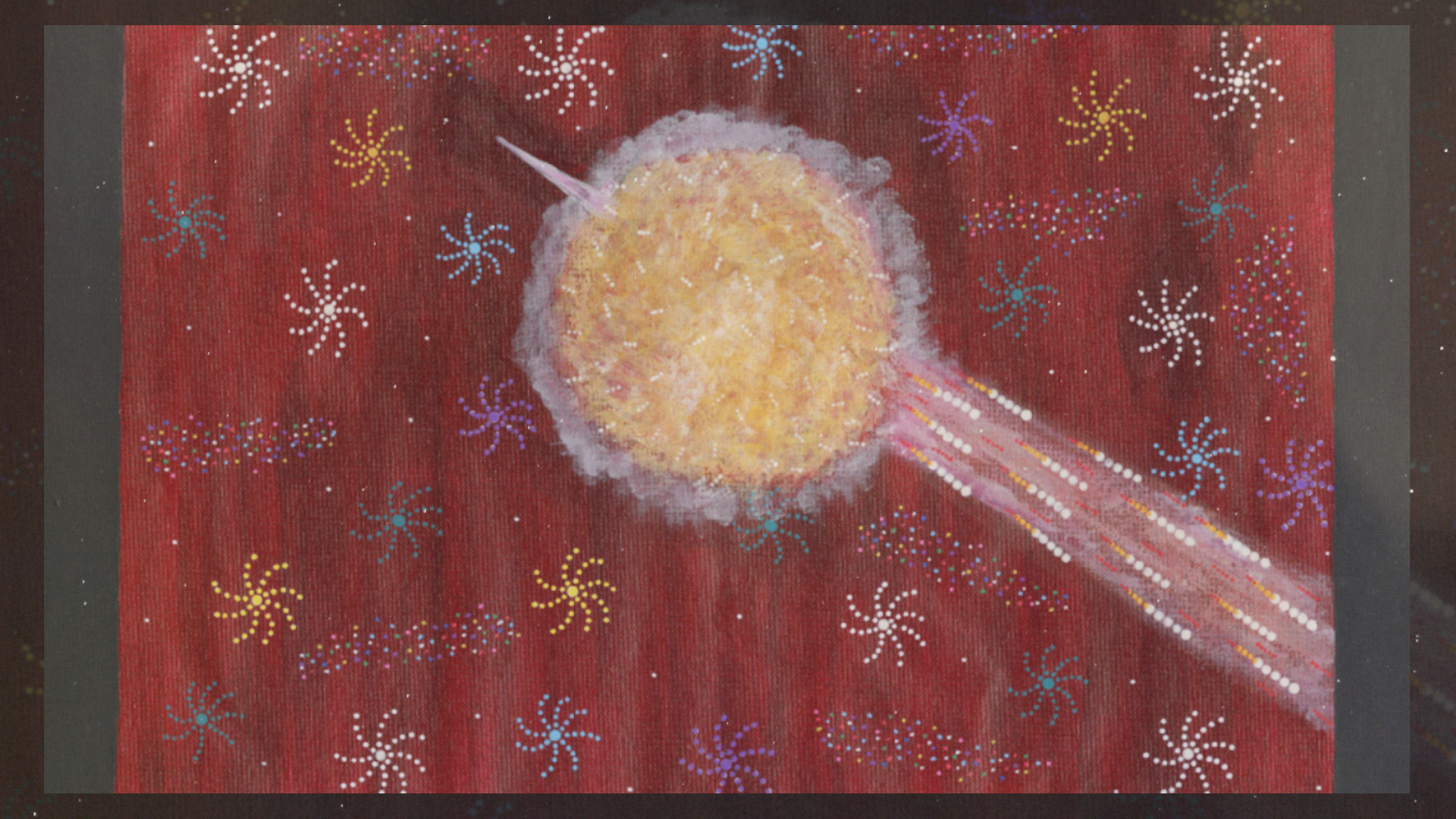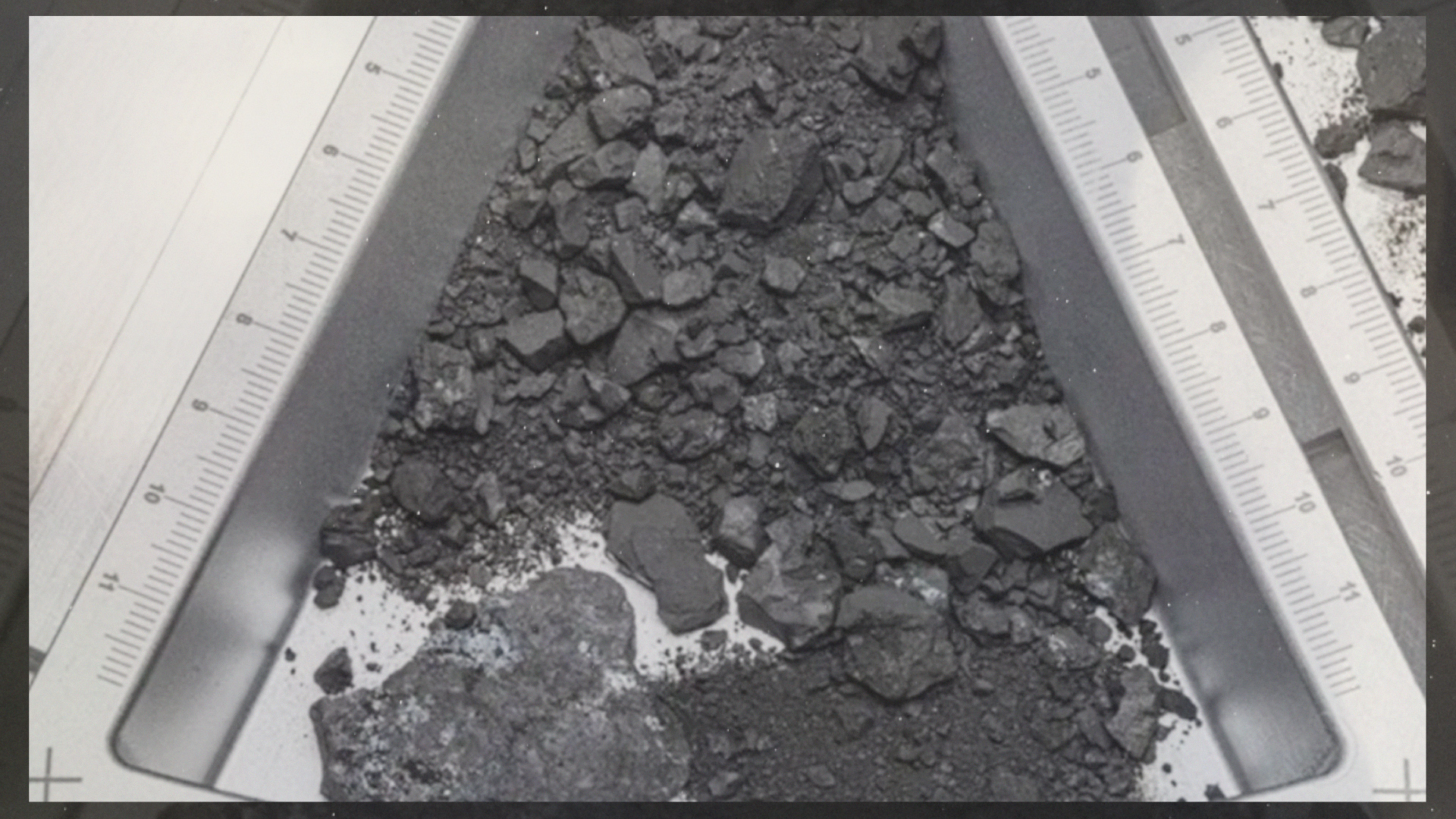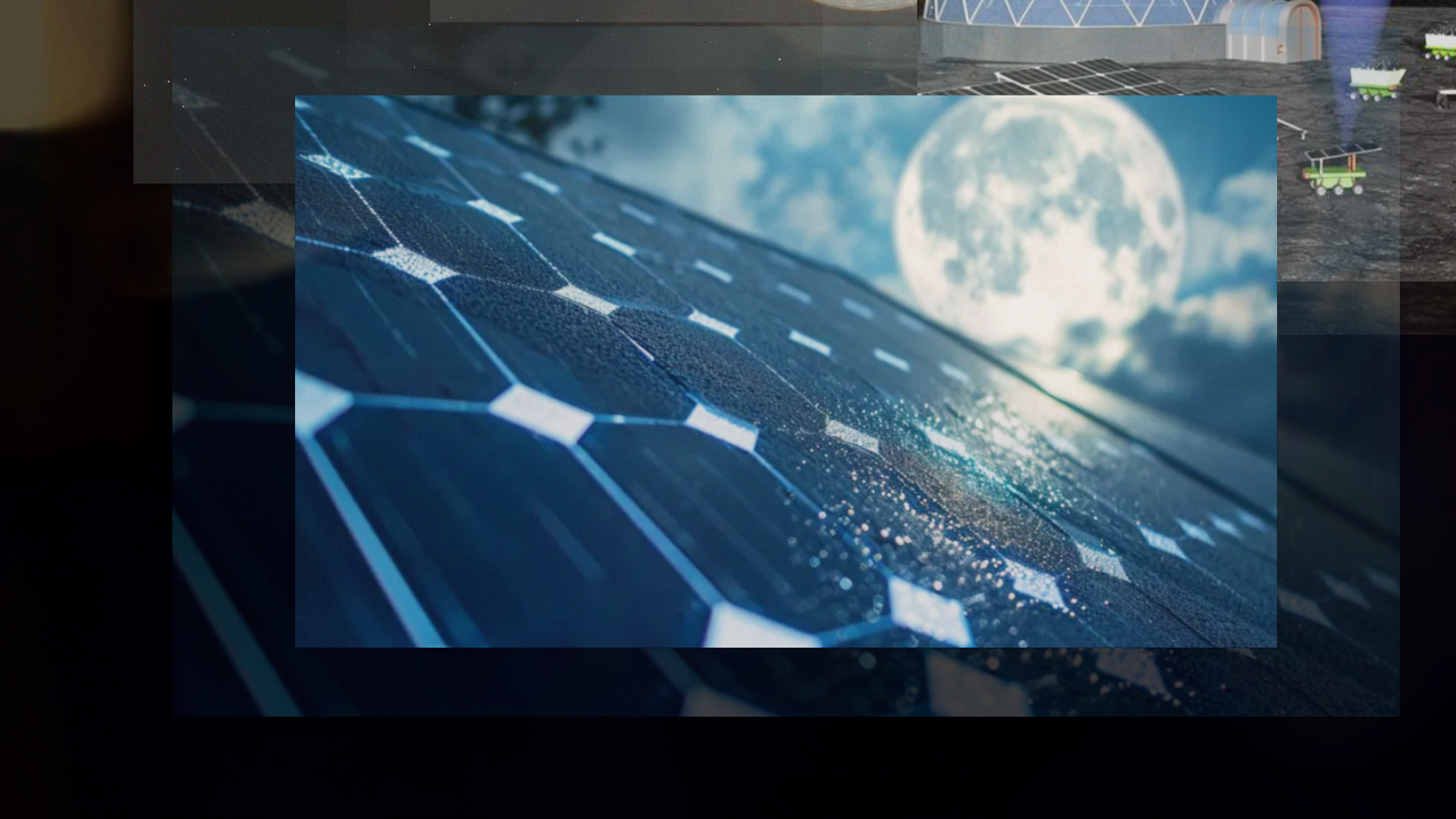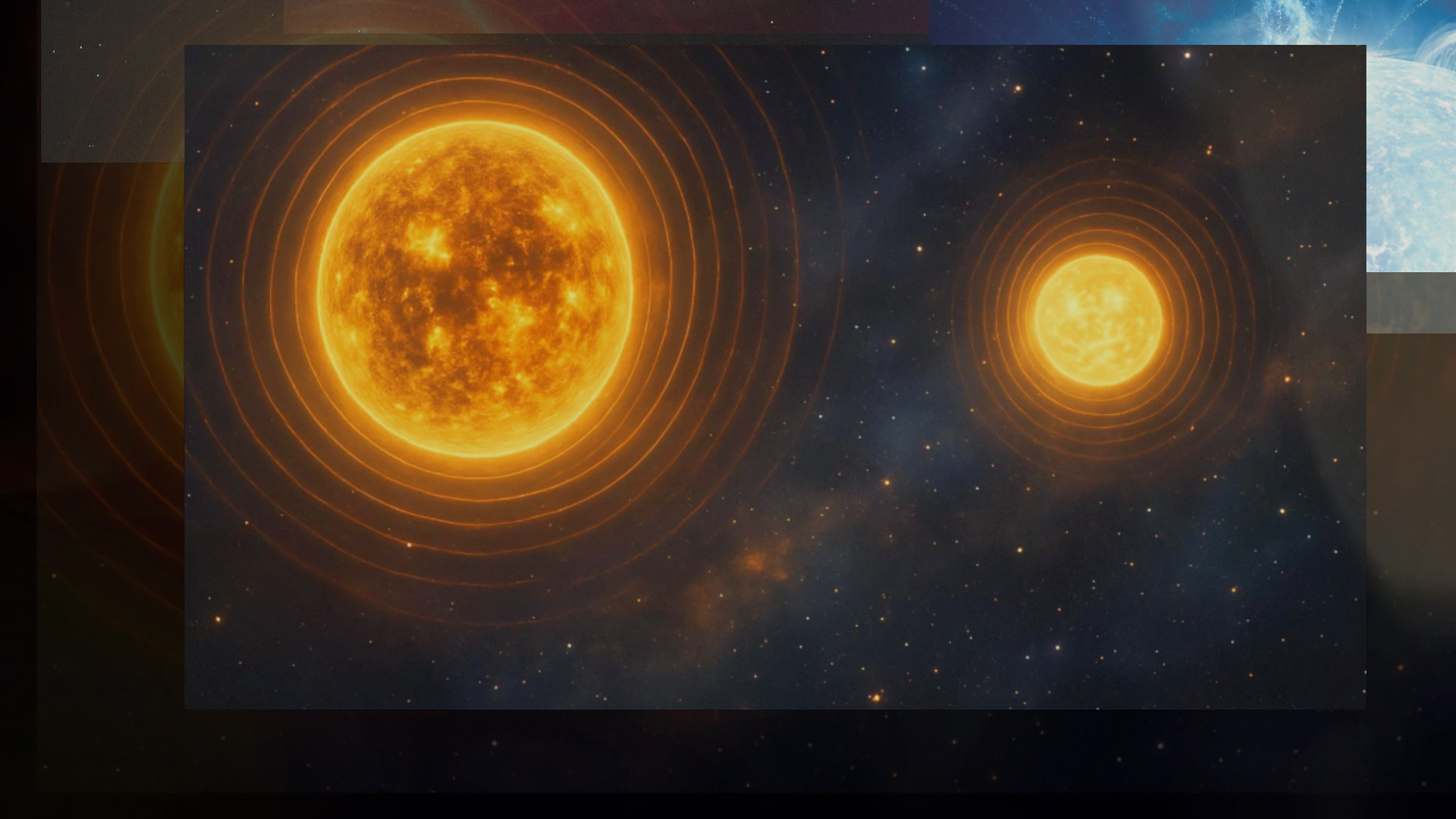
Dissecting Trek with Dr. Trek – Disco’s Second Season
Larry and I are deep diving into all the new Trek that’s coming our way, first up – today – we’re reflecting on Discovery’s second season.

Larry and I are deep diving into all the new Trek that’s coming our way, first up – today – we’re reflecting on Discovery’s second season.

Today Lee and I turn to the weaker moments of the series, including that one with the Scottish space ghost…

Today Lee and I turn to the characters we love on The Next Generation.

We’re continuing the Talkin’ Trek series with a three part look at The Next Generation – the series that really sparked the imagination of a legion of fans around the world that would continue for 19 years through to the end of Enterprise.

We got tested on asteroid survival and the meteors are failing from the sky… it’s week 19 2019 for Talkin’ Science.

Pixomondo’s VFX guru Nhat Phong Tran sat down for a chat about working on Seth Macfarlane’s hit FOX show…

This week we’re taking a trip to the red planet to hear a Marsquake, checking in on Twitter for Blue Origin’s cryptic tweet & stopping by WA’s Curtin Uni where they’ve discovered some more interesting things about black holes…

We speak about his work on the big and small screen and offer some commentary on the fate of Axanar and lament on what could’ve been, as Tony Todd has A Trekzone Conversation…

It’s TSOT – or Talkin’ Science on Trekzone – time. Brad’s got the details on lunar water and SpaceX’s anomaly during a recent static fire test.

For a long while I’ve been wanting to chat with Tony – mostly because of his six guest spots on Star Trek, from Worf’s brother Kurn to the Alpha-Hirogen on

Recently a couple of fan films pulled out of filming in The Neutral Zone, so I reached out to Ray Tesi and asked him directly what had happened…

It’s Talkin’ Science Tuesday at Trekzone. Dr Brad Tucker has your dose of science news!

On Wednesday night scientists from the Event Horizon telescope project released the first image of an actual black hole. Brad’s here to tell us more.

Today’s ep is a bit of stinker … we’re talking Apollo poop and methane on Mars!

Talkin Trek continues, today – The Animated Adventures

The first Talkin’ Science is here! India’s ASAT technology, Mars’ flowing rivers, we’re aiming to land on the moon in 2024 and fish with glass embedded in them!

The mantle of the far side of the Moon is likely drier than the near side, according to international researchers who say this could help us understand how the Earth’s companion formed.

The first trial of an Australian-developed technology has detected mysterious objects by sifting through signals from space like sand on a beach.

Rock and dust samples brought back from the near-Earth asteroid Bennu contain organic matter, including amino acids and all five DNA and RNA bases, as well as salts that formed early in the history of Bennu’s parent body, according to a pair of studies by international and Australian researchers.

The Schrödinger impact basin is an area of the moon that contains two gigantic canyons – that are definitely there whether you look at it or not – and international researchers say they might have found out how these huge valleys were formed.

Dust on the moon could one day be used to build solar panels, according to researchers who say this could allow astronauts to access power on the moon without carting heavy equipment from Earth.

They say music is the universal language of humankind, but some stars in our galaxy exhibit their own rhythm, offering fresh clues into how they and our galaxy evolved over time.

We’re bold, innovative and ambitious digital media creators,
consumers and producers.
We are Trekzone Media.
This is TREKZONE.org.

The mantle of the far side of the Moon is likely drier than the near side, according to international researchers who say this could help us understand how the Earth’s companion formed.

NASA Goddard’s Jason Dworkin is beaming in once again to take us on a deep dive on this episode of Talkin’ Science.

The first trial of an Australian-developed technology has detected mysterious objects by sifting through signals from space like sand on a beach.

Rock and dust samples brought back from the near-Earth asteroid Bennu contain organic matter, including amino acids and all five DNA and RNA bases, as well as salts that formed early in the history of Bennu’s parent body, according to a pair of studies by international and Australian researchers.

Direct from The Australian Space Summit, Exhibition and Gala Awards Night…

The Schrödinger impact basin is an area of the moon that contains two gigantic canyons – that are definitely there whether you look at it or not – and international researchers say they might have found out how these huge valleys were formed.
© Trekzone Media MMXXV. All Rights Reserved.
The views and opinions expressed by guests on our podcasts are their own and do not necessarily reflect those of Trekzone Media or its employees.